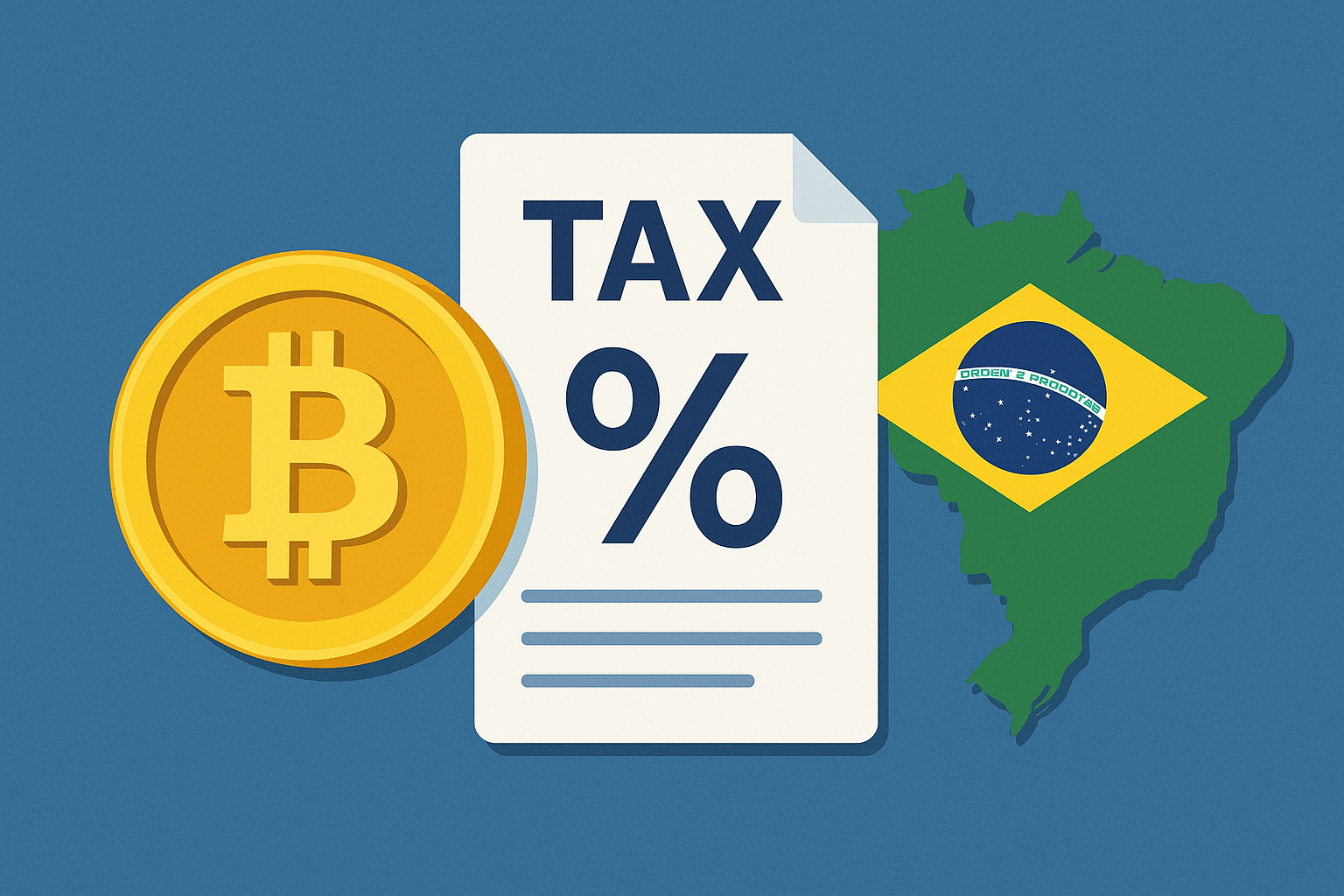Bitcoin
Will April Be A Bull Or Bear For Bitcoin?

Introduction
As the cryptocurrency market transitions into April 2025, Bitcoin finds itself at a critical juncture. Traders and long-term investors alike are asking a familiar question: will this month deliver bullish upside or mark a bearish reversal? Historically, April has been one of Bitcoin’s strongest months, but in a macroeconomic environment shaped by inflation data, Federal Reserve policies, and growing geopolitical tension, can BTC repeat its seasonal strength?
This article takes a deep dive into Bitcoin’s April performance through multiple lenses. From historical data and technical patterns to central bank policy and expert sentiment, we examine the key indicators that may determine whether April 2025 will be favorable—or challenging—for the world’s leading cryptocurrency.
A Look Back: April’s Historical Impact On Bitcoin
April has traditionally been a favorable month for Bitcoin. According to data compiled by NFT Evening and expanded on by BeInCrypto, Bitcoin has posted positive gains in seven out of the last ten Aprils. The most significant example remains April 2021, when BTC surged past $60,000 for the first time. In other notable Aprils—like 2017 and 2019—Bitcoin reversed from bearish momentum to lead long-term rallies.
So, what drives this April performance? Analysts point to a combination of increased institutional investment post-tax season in the U.S., speculative momentum after Q1 earnings from tech companies, and historical buying behavior that appears to follow cyclical trends in the crypto calendar.
However, it’s also important to acknowledge the exceptions. In April 2022, Bitcoin posted negative returns amidst early signs of macro tightening from the Federal Reserve. This suggests that while seasonality is important, macro context is always king in crypto.
Current Technical Landscape: A Market At The Crossroads
CoinDesk recently identified April 2025 as a “technical inflection point” for Bitcoin. According to their analysis, BTC has been hovering near a key resistance zone of $76,000 to $78,000, which previously acted as a short-term ceiling in late March. If Bitcoin can break convincingly above this level with strong volume, technical analysts believe a push toward the all-time high of $80,000 is within reach.
However, should BTC fail to hold support around $72,000, a bearish trend could materialize. One indicator to watch closely is the Relative Strength Index (RSI), which has been trending toward overbought territory since mid-March. This suggests that unless there is a surge of bullish news or macro support, the rally may cool down before reigniting.
The 50-day and 200-day moving averages also remain in bullish alignment—a key technical pattern known as the Golden Cross. This has historically signaled upward momentum, particularly when accompanied by strong trading volume and rising open interest in Bitcoin futures.
Macroeconomic Factors: The Fed And Inflation Still Dominate
In its April 2025 coverage, NFT Evening highlights the outsized influence of macroeconomic policy on Bitcoin’s performance this month. All eyes are on the U.S. Federal Reserve, which is expected to deliver a key interest rate update mid-April. While inflation appears to be slowly easing, it remains above the Fed’s 2% target, prompting speculation that the central bank may hold rates steady rather than cut.
This cautious stance could temper Bitcoin’s bullish momentum. In 2023 and early 2024, Bitcoin often surged on expectations of looser monetary policy. But if the Fed signals continued hawkishness, risk assets like crypto may see renewed volatility.
Another macro factor is the U.S. GDP Q1 report, which is scheduled to be released later this month. A stronger-than-expected GDP print may give the Fed further reason to delay cuts, while a disappointing report could fuel hopes for a shift in tone—potentially igniting a Bitcoin rally.
Geopolitical tensions, especially in Europe and the Middle East, have also been supporting Bitcoin as a safe-haven asset. With global instability rising, investors may increasingly turn to BTC as digital gold.
Altcoins Lag While Bitcoin Dominates Market Share
BeInCrypto’s early April data confirms that Bitcoin continues to gain dominance over the altcoin market, commanding nearly 52% of total crypto market cap. This marks a significant increase from January 2025, when Bitcoin dominance was just under 48%.
This trend reflects a broader market mood of risk moderation. As uncertainty looms over interest rates and regulatory developments, traders are concentrating capital in BTC, which is perceived as the most resilient crypto asset.
The dominance trend typically aligns with a late-stage bull cycle, where Bitcoin rallies strongly while altcoins underperform. If this pattern persists, Bitcoin could still climb higher throughout April, but altcoin investors may face diminishing returns unless confidence broadens across the market.
Expert Predictions: Will April Mirror 2017?
One of the boldest predictions for April 2025 came from Coin Bureau’s CEO, featured in FXStreet’s report. He suggested that Bitcoin could mirror its legendary 2017 breakout, which saw a 360% rally in a few months. According to him, the current price structure, network activity, and macro setup “eerily resemble early Q2 of 2017.” He bases this outlook on three key indicators:
- Low exchange reserves, meaning fewer Bitcoins are available for immediate sale.
- Rising on-chain activity, particularly wallet creation and transaction volume.
- Post-halving miner behavior, where miners are holding rather than selling BTC, creating supply-side pressure.
While this forecast is ambitious, it is not without precedent. The 2020 halving cycle saw a similar dynamic unfold, where Bitcoin hovered around $9,000 for months before doubling in the final quarter of the year. However, most analysts advise caution, citing the more complex macro environment of 2025.
Post-Halving Consolidation: Are We In The Buildup Phase?
Though the Bitcoin halving occurred nearly a year ago in April 2024, its effects are still being felt. As mining rewards decreased from 6.25 BTC to 3.125 BTC, a supply squeeze gradually emerged. MicroStrategy and other large institutions have continued buying BTC aggressively, with many now referring to 2025 as the “institutional consolidation year.”
Experts believe that we may be in the post-halving consolidation phase, where prices trade in a relatively narrow range before launching into the next major cycle. This would imply that April 2025 could be more about accumulation than explosion, with the real breakout potentially occurring in Q3 or Q4.
Conclusion
As Bitcoin enters April 2025, the market stands at a pivotal moment shaped by both historical patterns and contemporary macroeconomic challenges. While past Aprils have often brought strong bullish momentum, the current environment presents a more complex picture. Technical indicators suggest the potential for an upward breakout, but the presence of macroeconomic uncertainties—especially regarding the Federal Reserve’s policy stance and global geopolitical instability—adds caution to any overly optimistic outlook. Expert predictions and institutional behavior indicate a foundation for long-term growth, yet short-term volatility remains a real possibility.











